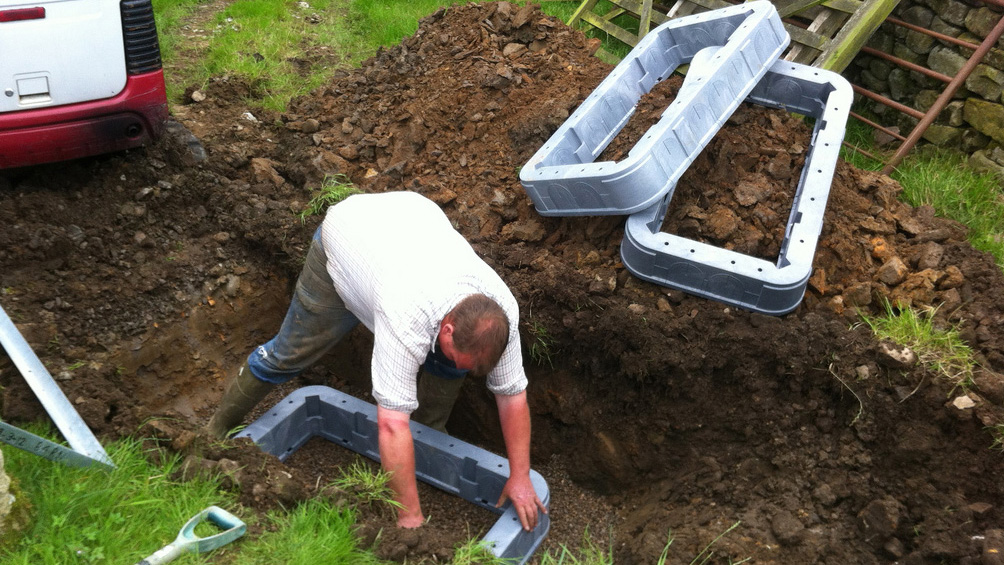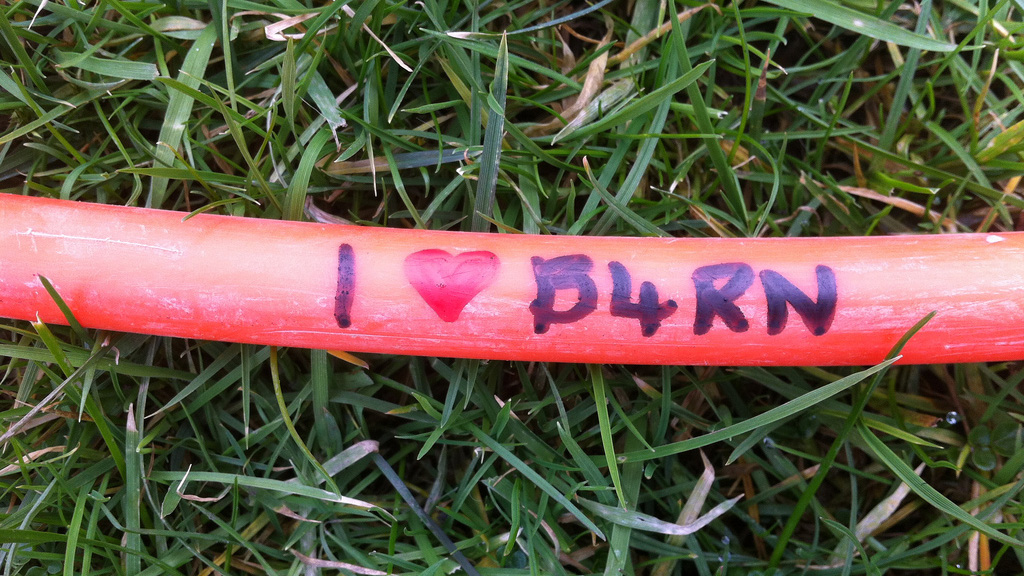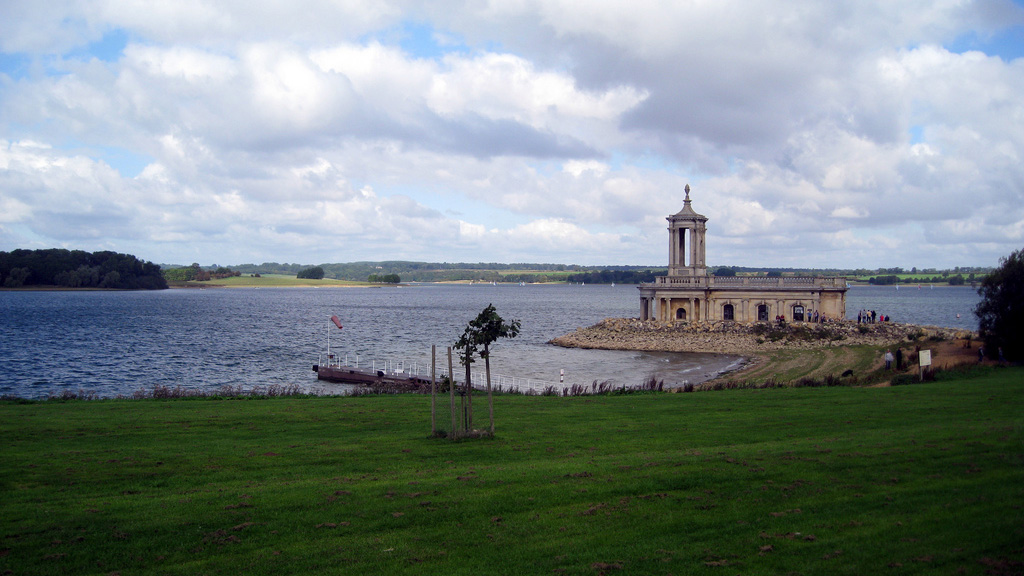The communities that connected themselves
When broadband isn't a commercial option, people power takes over

In 2009, the then prime minister Gordon Brown announced a grand plan to install a 2Mbps connection in every home in the UK by 2012. Hong Kong already had a gigabit both ways. In 1999 Japan already had 50Mb universally and South Korea was comfortably using 4G by 2006. The UK has always been woefully behind.
And on our island of internet losers, none have felt the teeth grinding frustration of watching a buffering icon more than those in rural areas, who have consistently borne the brunt of high-speed dithering. So frustrated have these communities become, they've begun setting up their own high-speed networks and laying their own fibre optic cable. It's not just in the UK, though. Wherever data infrastructure fails, these small-scale success stories are springing up.
Tired of waiting
Towns and cities quite rightly don't want to sit around waiting for BT, the government or some other benevolent body to come and connect them. A joint project between BT, the EU and Cornwall Council in 2010 saw 95% of Cornwall's residents connected to fibre optic. This sounds impressive, unless you're part of the 5% left in the wilderness, presumably because it's not deemed economically viable to include you. And it's this neglect that has forced the hand of frustrated communities.

What sets these rural broadband projects apart from the work of large telecoms companies is that these communities can build a network based on their needs. They work together for mutual benefit rather than being limited by a one-size-fits-all model. A perfect example of this is the B4RN project in Arkholme, Lancashire, founded in 2011.
The project is straightforward: to offer a gigabit per second fibre-to-the-home anywhere in Lancashire for £30 a month, using the skills of locals for installation. Local farmers are happy to dig up the ground for free, simply because they want fast internet (many still rely on dial-up) and they're often rewarded with shares in B4RN.
The costs of digging up farms and use of equipment would normally run into thousands, but because this is a community project, landowners feel no need to charge. Locals, too, are invited to "Dig for Broadband" events to help lay the scheme's proposed 40 miles of fibre optic cable. The fact that the ISP is not-for-profit is just a bonus.

B4RN isn't an isolated phenomenon. Rural communities are showing a real interest in bringing fibre optic to their towns. This thread on The Farming Forum shows people discussing, in excellent detail, the exact methods for setting up a high-speed connection, and other reports of homebrew fibre optic installation have been popping up around the county in the last few years.
Sign up for breaking news, reviews, opinion, top tech deals, and more.
About two years prior to the B4RN project, the village of Essendine in the county of Rutland set up its own ISP after finally despairing of BT's lack of activity. Frustrated with 0.5Mb a second, villagers and a local ICT firm set up their own telecom company called Rutland Telecom. Rutland Telecom took over the existing BT infrastructure and aimed to set up fibre-to-the-cabinet for 50 of the first homes to sign up.
Rutland Telecom's project wasn't as straightforward as B4RN's: it initially faced some tall hurdles. Rutland Telecom still relied on BT for permission to use existing infrastructure and to supply fibre optic cable. This led to tensions and in 2010, Ofcom was forced to step in with a ruling that compelled BT to share its infrastructure. BT responded to this, apparently without any sense of irony, by urging Rutland to avoid creating a "local monopoly."

A similar cooperative has taken shape in Alberta, Canada, where locals set up O-Net, which in 2013 started offering a gigabit-a-second fibre service on a $57 a month internet-only deal. The community-owned ISP is fast outpacing other projects like Google Fibre in the US, which provides the same bandwidth but for $70 a month.
It's that sort of no-messing, at-cost pricing that makes these projects so appealing. O-Net is straightforward about pricing: "Because we're a community-owned project we get to balance out profitability versus what's best for the community."
Underdogs challenged
What's interesting about these rural fibre projects is that they all seem to charge around £30 per month for bandwidth that far outstrips what's on offer in the traditional market. They also usually only have one or two "as fast as possible for a reasonable price" tariffs, rather than the usual befuddling array of options. That's largely because these projects exist simply to solve a problem, not to make a profit.
But their very existence is under threat. The UK government's £20m rural broadband fund has brought competition from larger companies into these areas. BT has already managed to out-compete community projects in Oxfordshire, Dorset and the Cotswalds as local councils opt for the more familiar face of BT. Places that BT previously deemed not commercially viable for high-speed internet are now firmly within its sights, largely because of government funding, which leaves local projects out in the wilderness.
The importance of these projects shouldn't be understated. The at-cost pricing is competitive, and the service provided is tailored to the needs of the people who set it up. Bespoke broadband suits communities like this and if they're replaced by giant telecom companies - which succeed not through competition but through top-down intervention - then these communities end up back at square one.